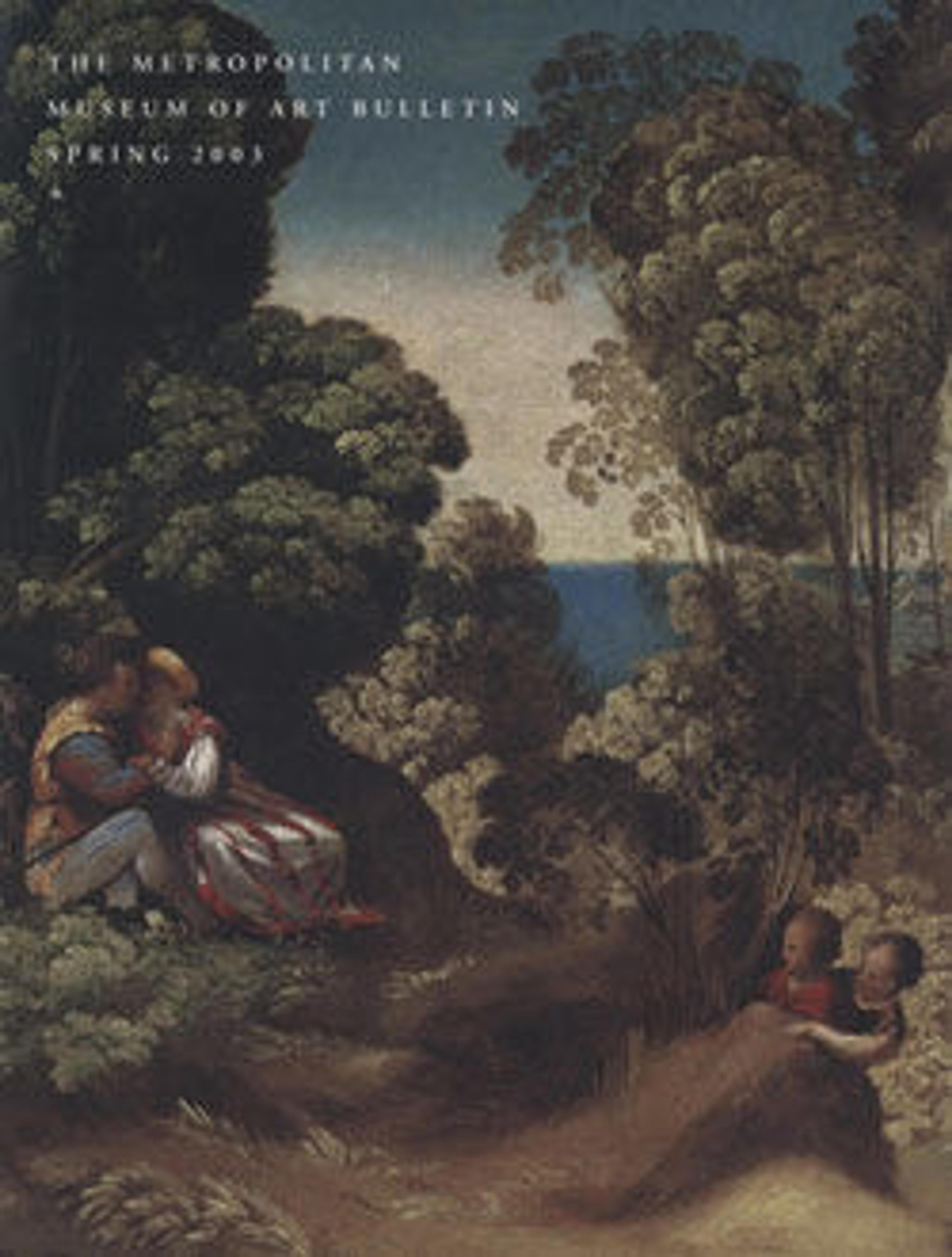Diana the Huntress
Giampietrino was among the most faithful Milanese pupils of Leonardo da Vinci. This picture, which shows the goddess of the hunt drawing an arrow, is inspired by the figure of Diana from a famous set of engravings designed by the Florentine Rosso Fiorentino and dated 1526. It may have once hung alongside three other full-length standing images of goddesses.
Artwork Details
- Title:Diana the Huntress
- Artist:Giampietrino (Giovanni Pietro Rizzoli) (Italian, Milanese, active by ca. 1495–died 1553)
- Medium:Oil on wood
- Dimensions:44 7/8 x 23 1/4 in. (114 x 59.1 cm)
- Classification:Paintings
- Credit Line:Purchase, Mr. and Mrs. Frank E. Richardson Gift, 1989
- Object Number:1989.21
- Curatorial Department: European Paintings
More Artwork
Research Resources
The Met provides unparalleled resources for research and welcomes an international community of students and scholars. The Met's Open Access API is where creators and researchers can connect to the The Met collection. Open Access data and public domain images are available for unrestricted commercial and noncommercial use without permission or fee.
To request images under copyright and other restrictions, please use this Image Request form.
Feedback
We continue to research and examine historical and cultural context for objects in The Met collection. If you have comments or questions about this object record, please contact us using the form below. The Museum looks forward to receiving your comments.
